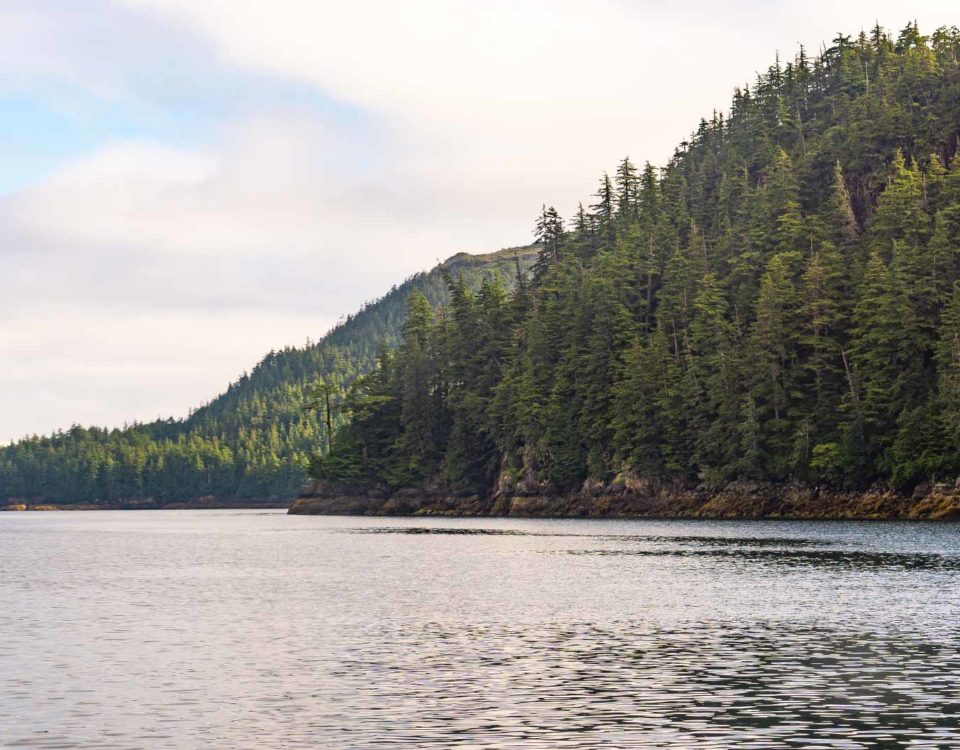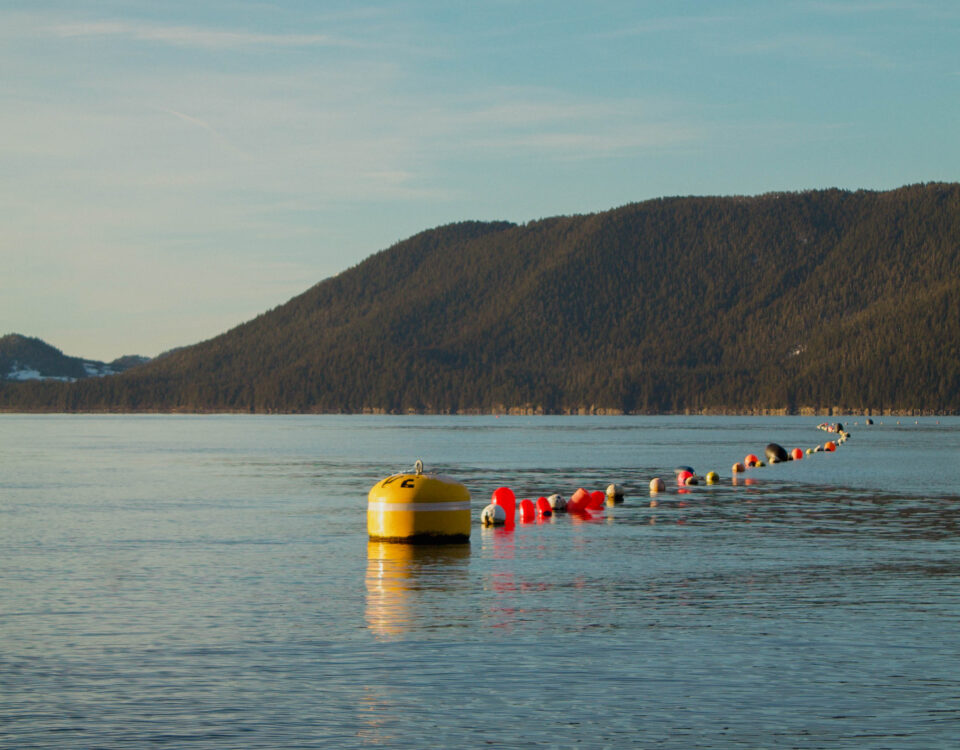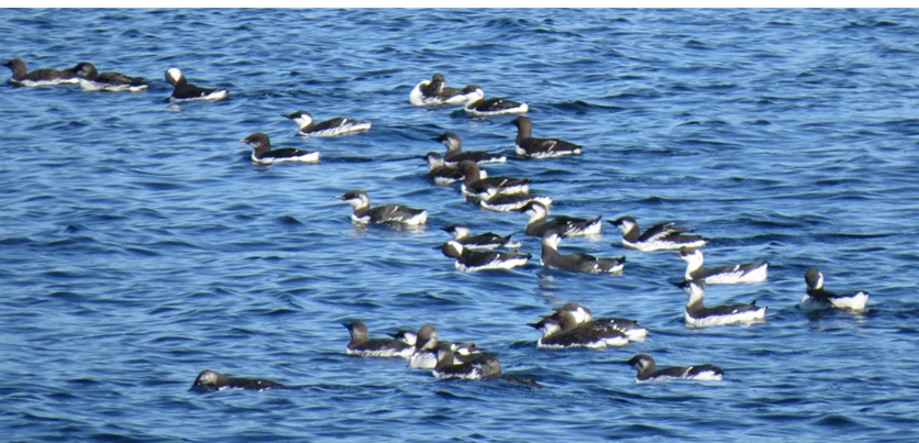Generating Alaska-based Oyster Seed
PROJECT
Establishing methodology and cost-assessments for generating Alaska-based oyster seed
Mariculture Research and Restoration Consortium: Enhancing Farm Production via Oyster Selective Breeding
Background
The oyster industry is well poised for rapid expansion in the region; however, the lack of oyster hatchery capacity to produce oyster seed in Alaska and oyster strains optimized for growth in the region present significant hurdles for current and future farm operations (Alaska Mariculture Task Force 2018). The 2018 Alaska Mariculture Development Plan identifies the goal to grow a $100 million mariculture industry, a 67-fold increase, in 20 years with the #1 priority to secure seed supply through Alaska hatcheries. To date, Alaska oysters have not been spawned successfully, consistently, and cost-effectively, creating a reliance on larvae supplied from outside the state and an extreme insecurity and shortage of seed supply. Likewise, oyster strains cultivated in Oregon and Hawaii hatcheries have been bred for optimized growth in the Pacific Northwest (De Melo et al. 2018) where nearshore marine conditions differ markedly from those found in the Alaska (Fassbender et al. 2018, Kelley et al. 2021a). Ongoing breeding efforts likewise focus on enhancing the industry in California, Oregon, and Washington. Alaska has historically been left out of other national efforts to enhance industry performance through breeding and hatchery innovations due to the logistical challenges of working with farms in such remote settings. However, with improved genetics, technology, and resources farming of Pacific oysters can be a viable and sustainable industry in Alaska.
Methods
The aquaculture research group at the NOAA Alaska Fisheries Science Center (AFSC) have worked towards addressing these critical gaps and challenges through collaborations with USDA-ARS Pacific Shellfish Research Unit (PSRU), Pacific Hybreed, and the University of Alaska Fairbanks (UAF) to leverage resources and expertise regarding Pacific oyster hatchery technology and genetic selection. Different strains and family groups reared by research partners will be deployed on EVOS production arrays and research sites in 2024. Meanwhile, the Mariculture Research Hatchery (MRH) at the Ted Steven Marine Research Institute in Juneau, AK will be developing hatchery technology and spawning methods to support breeding and production efforts of Pacific oysters that are tailored to conditions in Alaska and are cost effective at scale.
What We Are learning
Pacific oysters deployed through the Mariculture ReCon project will help meet the growing demand for farmed shellfish by improving the yield and resilience of mariculture species in Alaskan waters. Data from this project will help researchers and farmers better understand what traits and families thrive as a specialist in Alaska, but also as a generalist for the West Coast.
PRINCIPAL INVESTIGATORs
Dr. Jordan Hollarsmith
NOAA Fisheries
Alaska Fisheries Science Center
jordan.hollarsmith@noaa.gov
Rebecca Cates
NOAA Fisheries
Alaska Fisheries Science Center
Collaborators
Mariculture Research and Restoration Consortium
RESEARCH PERIOD
2022-2031
FUNDING
Exxon Valdez Oil Spill Trustee Council
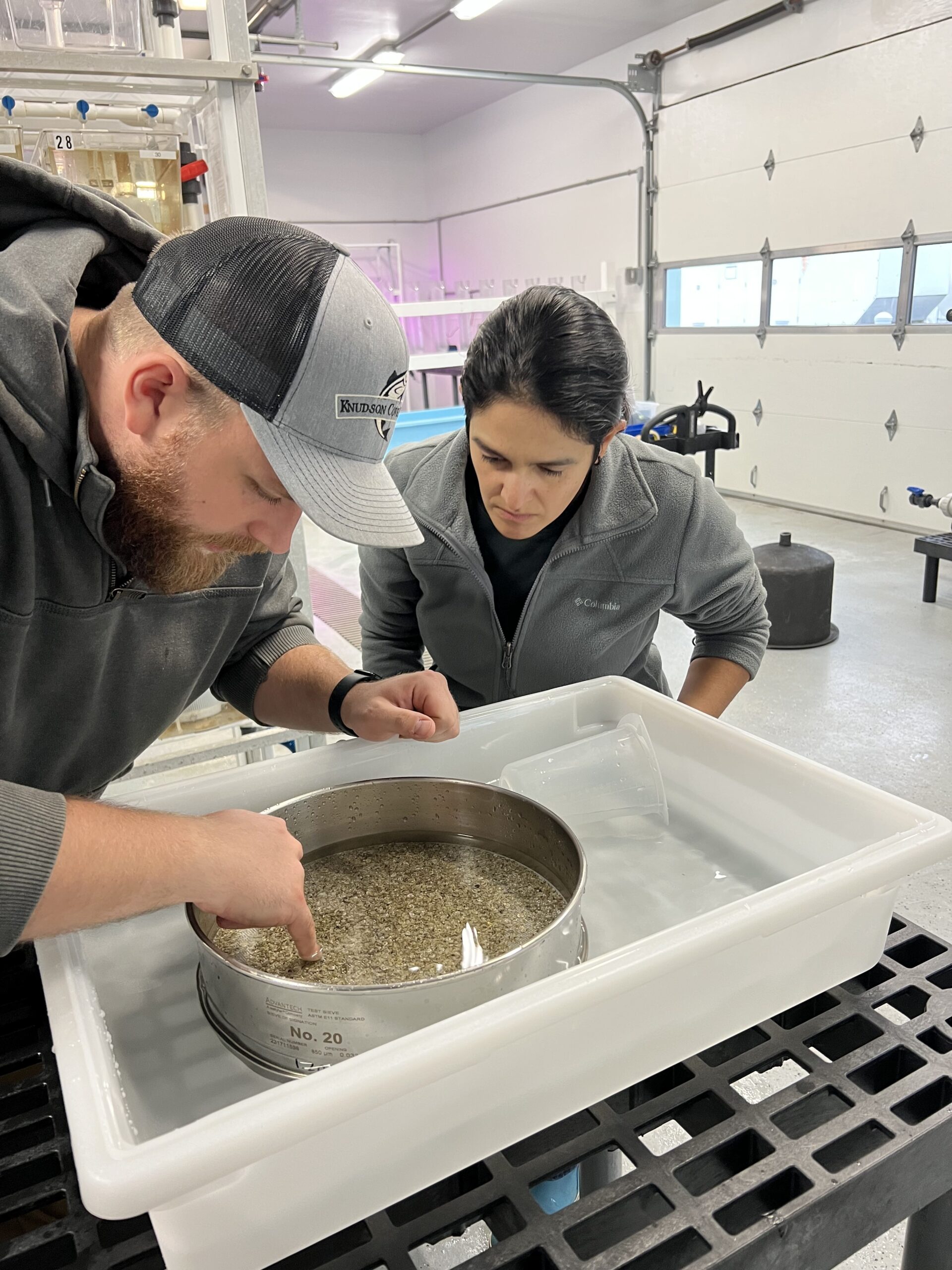
Henry Fleener and Schery Umanzor inspect oyster spat in the NOAA Mariculture Research Hatchery. Photo credit: Stori Oates.
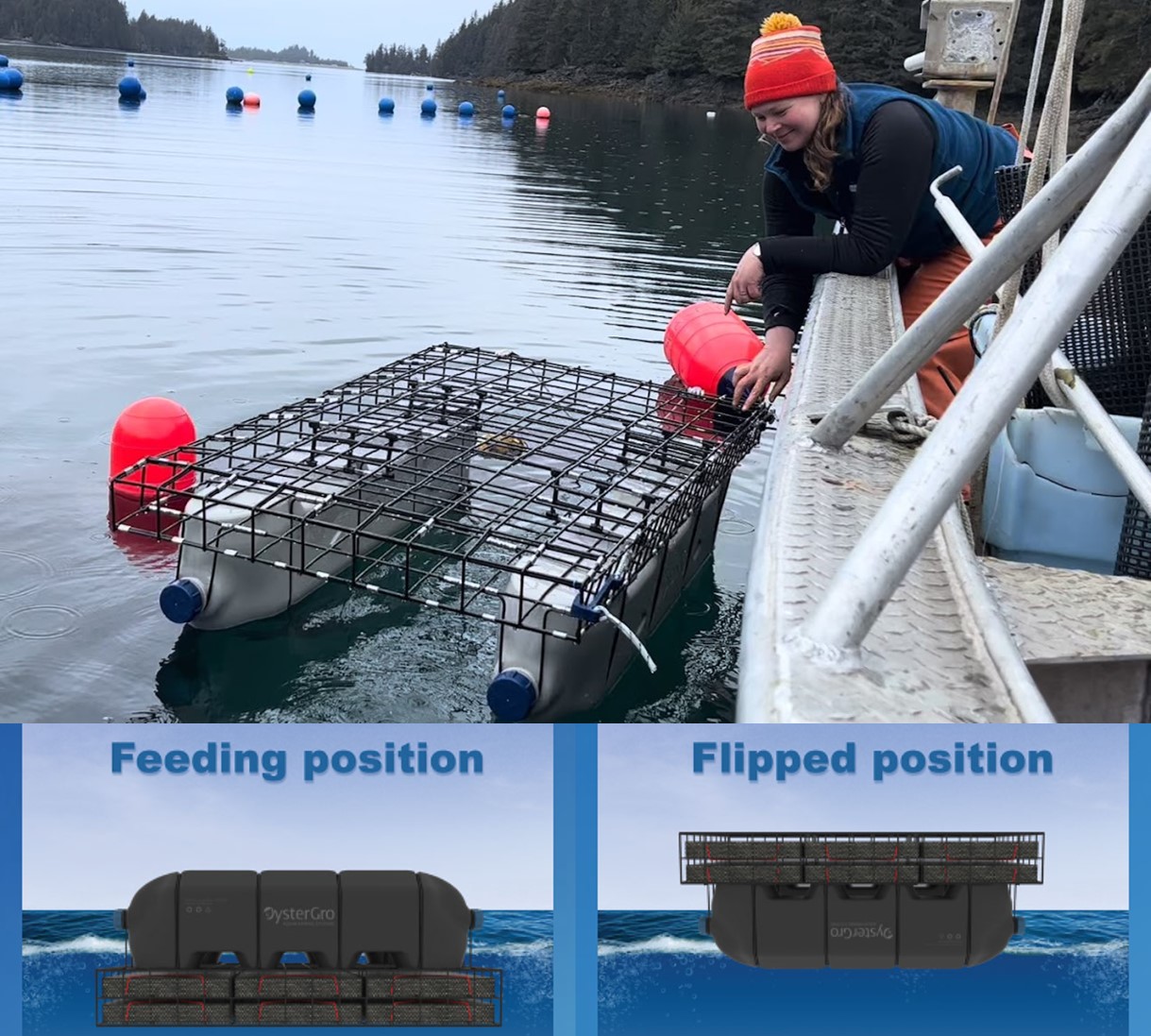
Farmer Lindsay Olsen demonstrating the OysterGro cage in the flipped position. Photo credit: Jordan Hollarsmith (top); OysterGro website (bottom).


